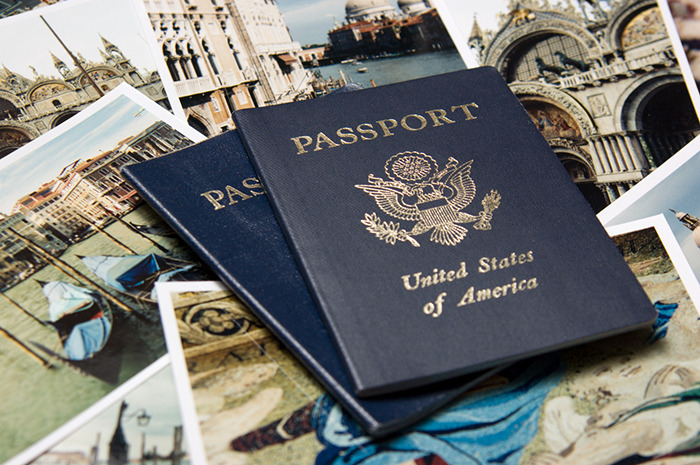What You Need To Know About The Upcoming U.S. Passport Changes
What You Need to Know About the Upcoming U.S. Passport Changes
It's the holiday season and you are planning a rightfully deserved week-long trip abroad. All of a sudden your heart sinks when you discover that your passport is about to expire and you have to pay an extra fee for expedited processing – and you still may not get it in time due to several big changes, some of which are already taking place.
Massive backlog
The Bureau of Consular Affairs warned that it is expecting an increase in passport applications through 2018. Make sure you submit your passport application well ahead of when you actually need it for international travel in order to avoid possible delays. More than 18 million passports were issued as a result of the Western Hemisphere Travel Initiative (WHTI) in 2007. A decade later, they are now about to expire. There has already been an increased demand for passport renewals.
REAL ID Act can cause problems
This is a new driver's license with enhanced security features such as machine-readable technology. People holding new driver's licenses and ID cards from most states may continue to use them as before, including for air travel, as the authorities have implemented the necessary upgrades. The states that have not, according to the Department of Homeland Security, are Maine, Minnesota, Missouri, and Montana. Federal agencies may not accept IDs issued from these states as official. Jan. 22, 2018, is the new the official date that the REAL ID Act will be enforced.
Added technology
This is done to ensure security and discourage and reduce fraud. A data chip will be inserted and it will have all of your personal information and biometrics, which will be available when an agent scans the passport onto a computer. So if someone steals your passport, he or she can't just (masterfully) change the photo and falsify your identity.
Fewer pages
The new passports will be lighter. They won't have 52 pages like before; instead, just 28 pages will be included. The U.S. Department of State no longer adds visa pages into U.S. passports, according to its website. Citizens used to be able to pay for the insertion of additional 24-page visa inserts when valid passports lacked adequate space for entry or exit visa stamps.
New platform to renew
A new platform that will allow people to renew their passports online is in the works for 2017, Brenda Sprague, deputy assistant secretary for passport services at the Bureau of Consular Affairs, told U.S. News. Eventually, you may be able to upload your own photograph to renew your passport online, allowing for a more seamless and quicker application process.
Water and bending-proof
The information page in the new passports is protected by a polycarbonate coating which will help prevent the passport from getting wet and bending.
New watermarks and special links
Complex components such as a watermark and color-shifting inks will display different hues – green or gold – depending on your viewing angle. They have been added because they are very difficult to forge. There will also be new and very tiny graphics along with biometric characteristics to add a level of protection.
You’ll literally feel the design
If you touch the pages you will be able to feel some of the artwork. There will be tactile accents, which basically means raised design elements. The polycarbonate will help protect these fraud-resistant Level 1 security features – those you can easily notice with your eyes.
No glasses on photos
Glasses are no longer allowed on passport photos. In 2015, more than 200,000 applicants submitted poor quality photos which the Bureau of Consular Affairs didn't accept. The No. 1 problem was glasses. The change only applies if you are applying for a new passport.
Passport screening process goes electronic
Authorities are trying to make passport screening faster but just as safe. Australia, for example, is trying something new – letting people store their passports in the cloud, according to local news. The country wants to replace the paper booklets with facial recognition technology. The Department of Homeland Security is looking at similar scenarios available for low-risk fliers, according to U.S. News. Some passengers can download the Mobile Passport app, enter a few trip details and get an e-receipt to present at Customs.










